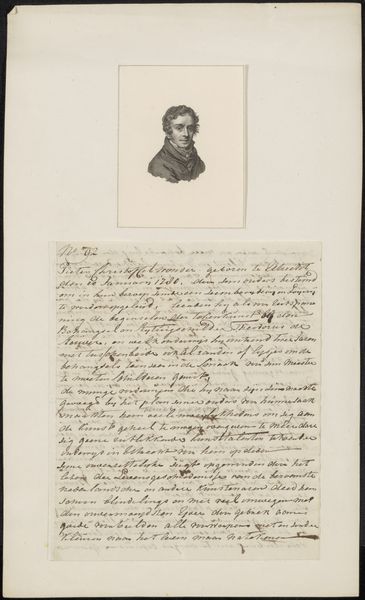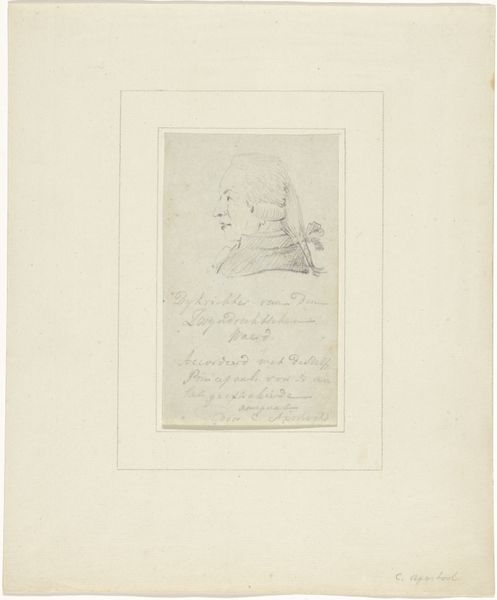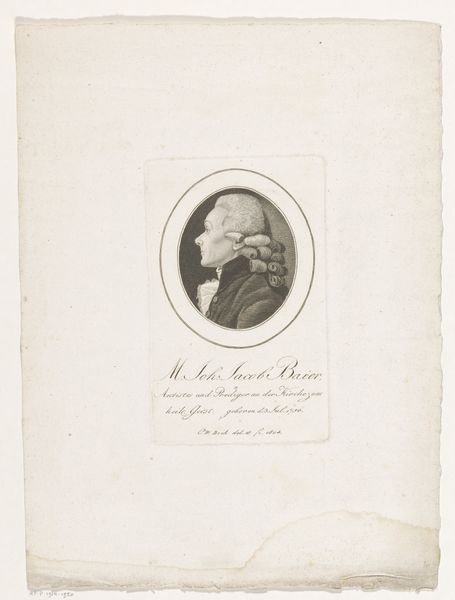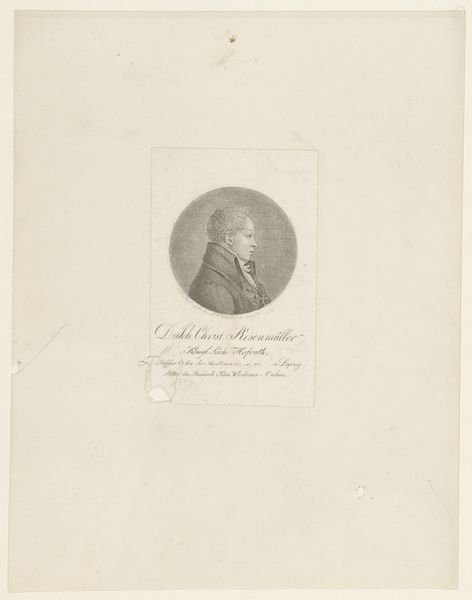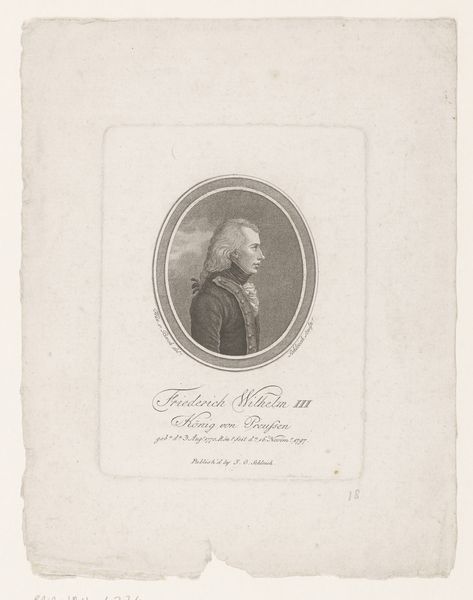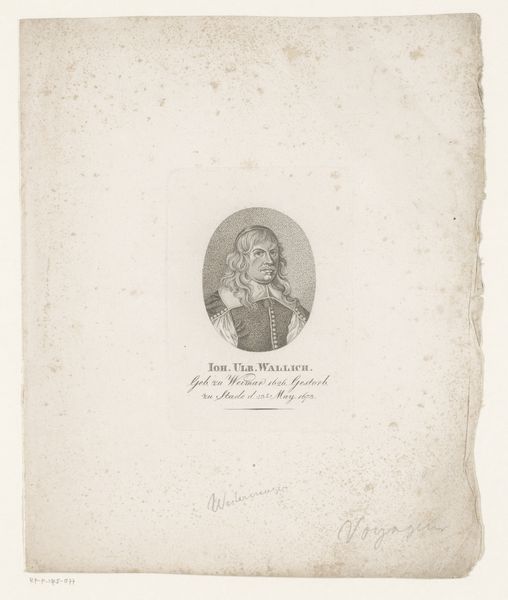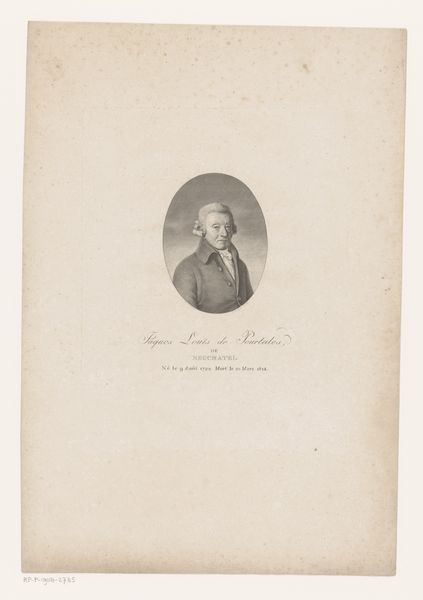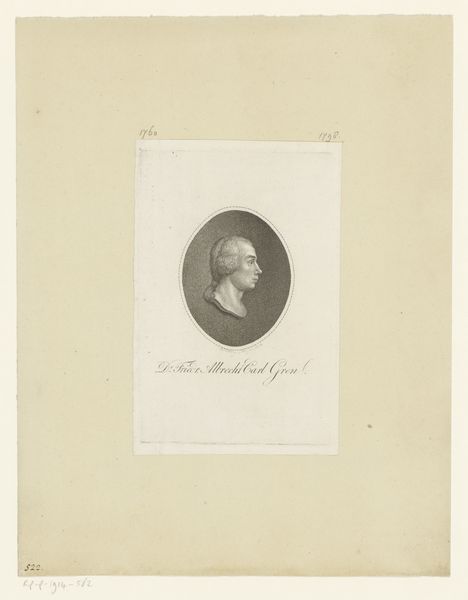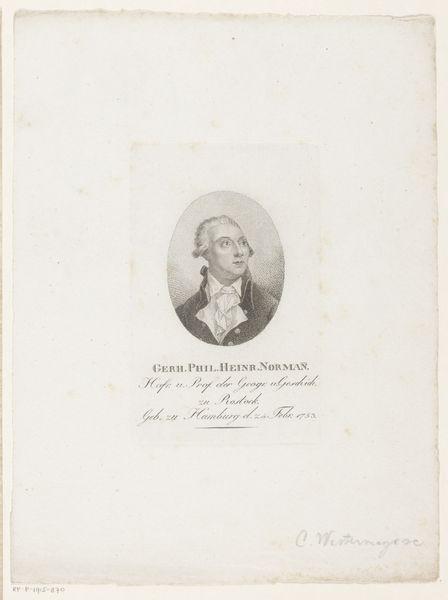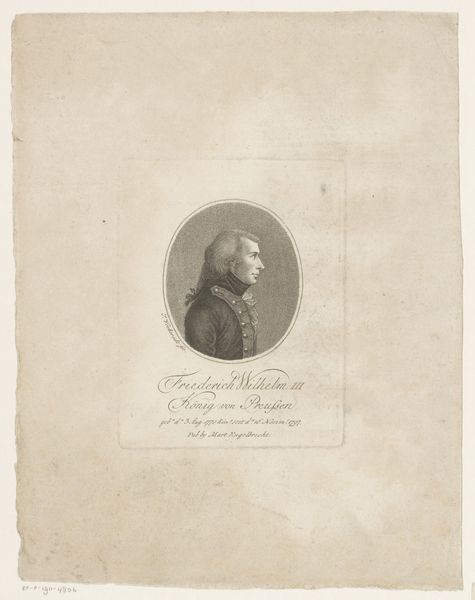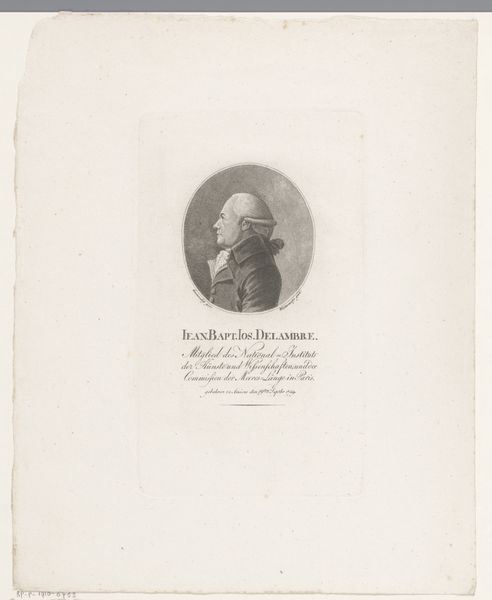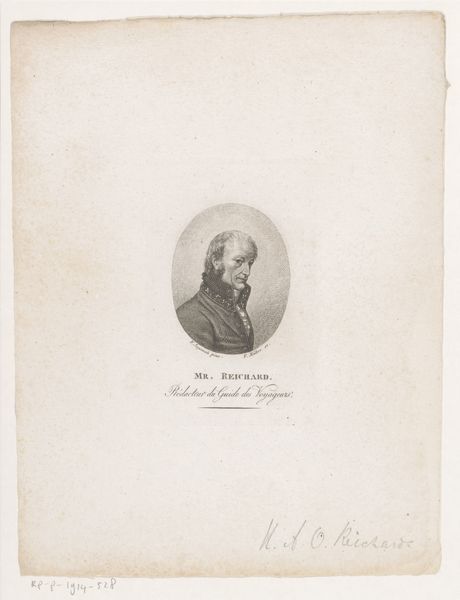
drawing, paper, ink, pen
#
drawing
#
paper
#
personal sketchbook
#
ink
#
pen-ink sketch
#
pen
Copyright: Rijks Museum: Open Domain
Editor: Here we have a drawing entitled "Brief aan Frans Buffa en Zonen," possibly from 1877, crafted by Charles Rochussen. It's pen and ink on paper, and currently residing in the Rijksmuseum. Looking at the swirling script gives a feeling of immediacy, like capturing a thought still in motion. What symbolic weight might reside within something as simple as a handwritten letter? Curator: The act of handwriting itself is symbolic. In our digital age, seeing the artist’s hand – literally – connecting pen to paper, evokes a sense of intimacy and lost craft. The script becomes an index of the author’s personality, their education, and social standing. Consider the evolution of handwriting; before typewriters and computers, penmanship signaled refinement. Does the elegant, flowing script suggest anything to you about the intended reader or the purpose of this letter? Editor: Perhaps that the author respects the recipient, choosing a careful hand. I imagine it could have been written quickly, though. Curator: Exactly. So it is perhaps also intended to signal direct communication or personal appeal rather than a cold statement or mass-produced memo. There's a formality and yet informality. Editor: So it's a coded message through presentation. The medium itself becomes part of the message. This really changes how I view historical documents now. I’m curious to research that now! Curator: The visual form carries emotional and cultural weight. Paying close attention unlocks whole worlds of understanding. Consider how later movements rejected this elegant calligraphy for more 'democratic' typefaces and layouts, it tells you so much about historical developments.
Comments
No comments
Be the first to comment and join the conversation on the ultimate creative platform.
